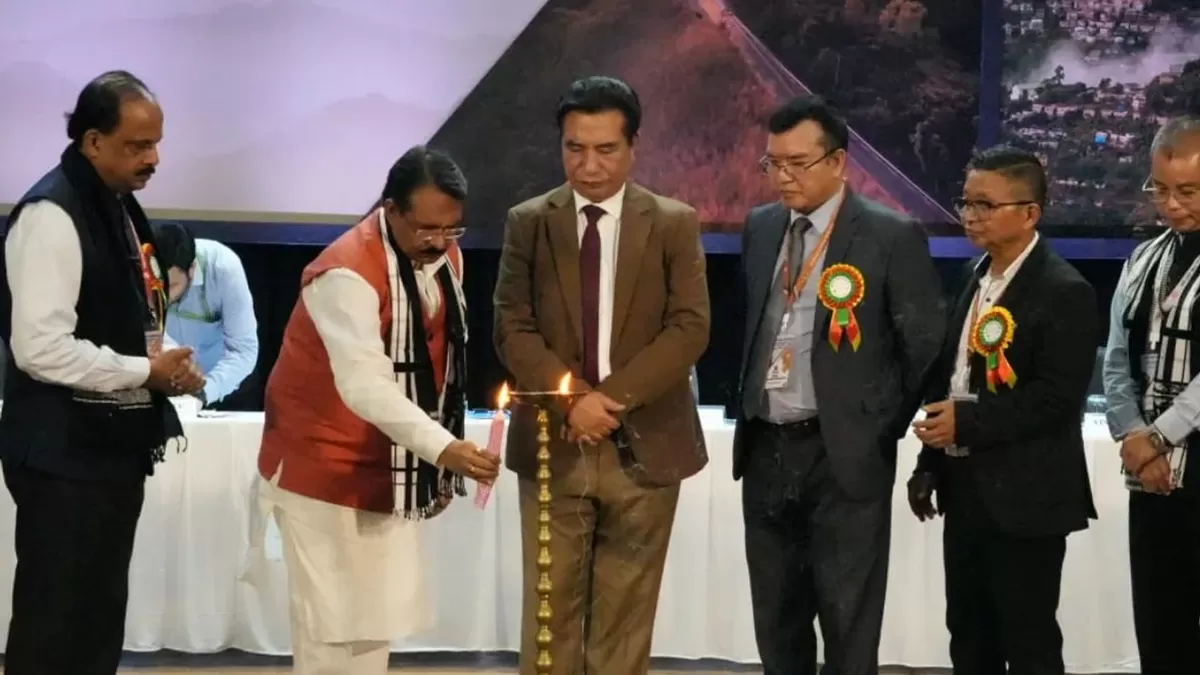Minister of State for Road Transport & Highways and Corporate Affairs, Shri Harsh Malhotra, underscored the transformative socio-economic impact of infrastructure development, stating that a strong and efficient road network brings prosperity to regions it serves.
Speaking at the 233rd Mid-Term Council Meeting of the Indian Roads Congress (IRC) at Mizoram University Campus in Aizawl, Mizoram, the Minister said infrastructure will be the cornerstone of realising the Prime Minister’s vision of Viksit Bharat by 2047.
Also present at the meeting were the Chief Minister of Mizoram, Shri Lalduhoma, Cabinet Minister Shri Vanlalhlana, and Member of Parliament Shri Richard Vanlalhmangaiha.
Shri Malhotra noted that over the past 11 years, India's National Highway network has expanded by more than 60 per cent, rising from 91,000 km in 2014 to approximately 147,000 km today.
He emphasised the importance of adopting globally proven construction technologies to ensure cost-effective yet high-quality road building. He stressed the need to focus on sustainable and eco-friendly development, calling for the integration of cutting-edge methodologies in road construction practices.
Acknowledging the contribution of the Indian Roads Congress, the Minister praised its evolution into a multi-faceted organisation that brings together professionals from central and state governments, the armed forces, and the Border Roads Organisation. He added that IRC standards, guidelines, and special publications form the foundation for quality and safety compliance in national highway construction.
Shri Malhotra highlighted the significant transformation in North East India’s infrastructure over the past decade. Nearly 10,000 km of national highways have been constructed, vastly improving access to remote and border areas. These projects, executed at a cost exceeding Rs 1.07 trillion (Rs 1.07 lakh crore), reflect the government’s deep commitment to the region’s development.
The Minister concluded by asserting that infrastructure represents more than concrete and steel—it embodies economic potential, regional integration, and the spirit of a resilient and inclusive India. It is, he said, the path to achieving a globally competitive Viksit Bharat by 2047.


